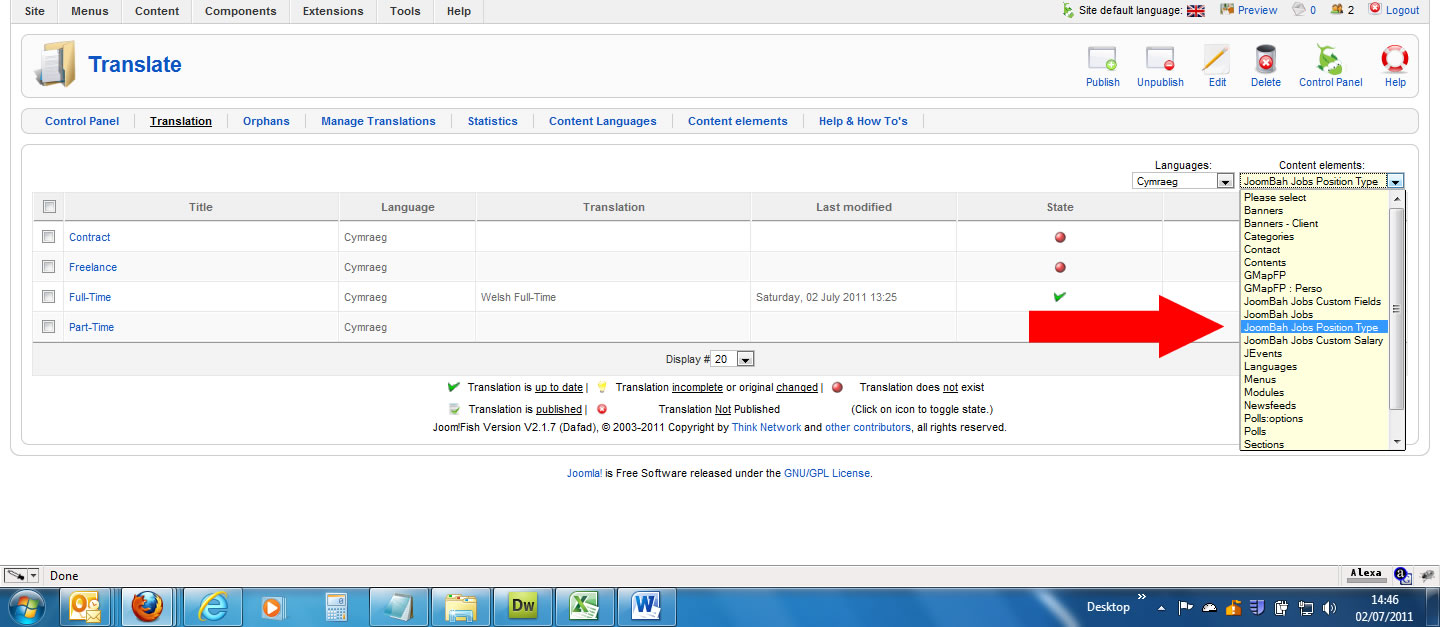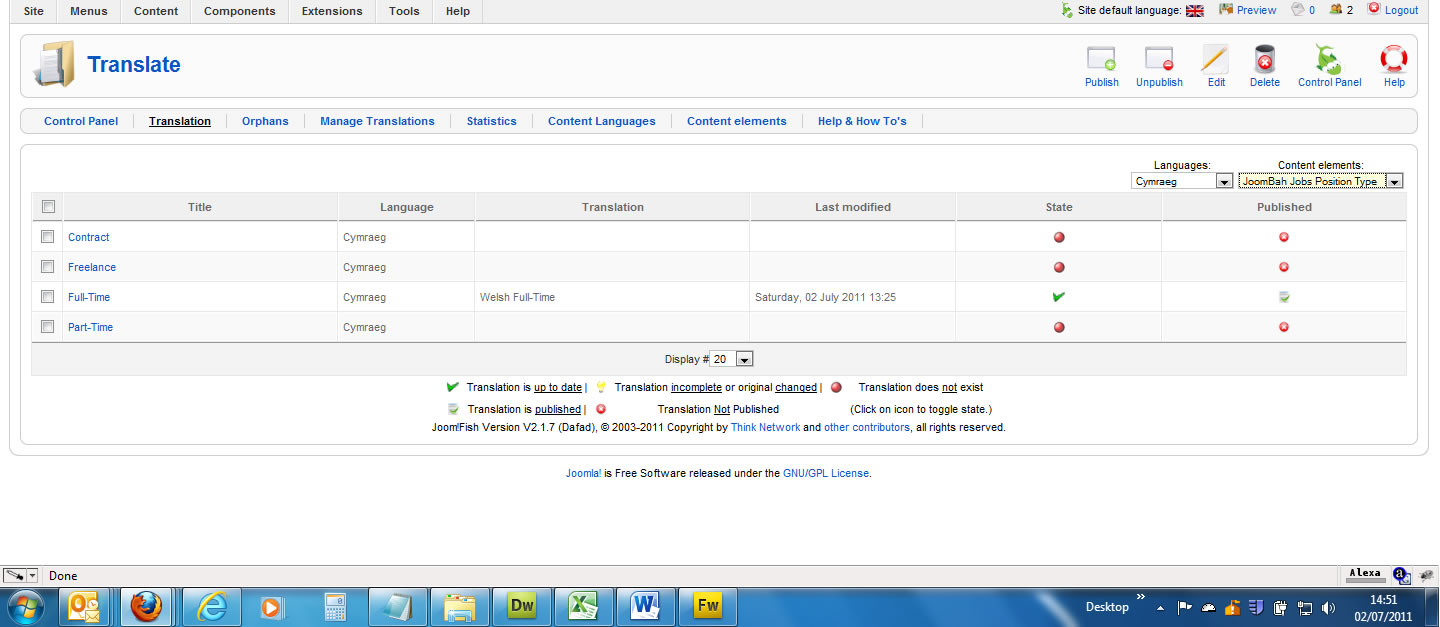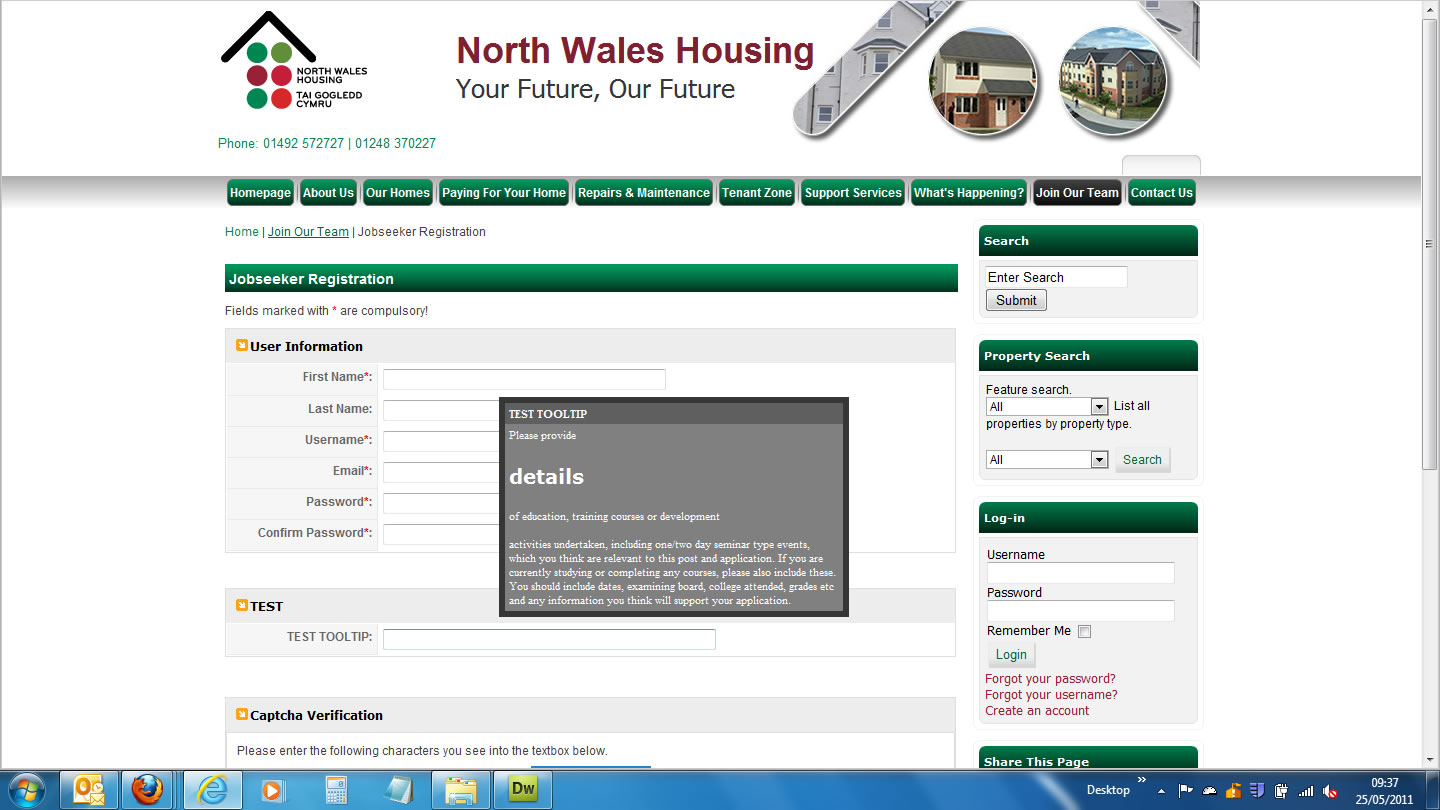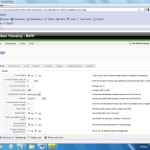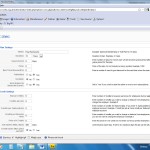I wanted to give access to my web server from outside my network. I already have WAMP server setup on my server.
I followed the below information and it worked pefectly…first time!
How to set up port forwarding to an internal web server
There have been many users stating incorrectly that port forwarding doesn’t work on the Sky router, so I decided to write a click-by-click guide on how to set up port forwarding to allow a web server that is running on the internal network to be accessible from the Internet. This guide does not explain how to set up the web server – it assumes that you already know how to do this. The whole lot takes about 30 seconds (well, testing adds a few minutes more). I’d like to thank isu for trying out these instructions to prove that, yes, it really does work after all.
Beware: when publishing an internal web server to the Internet, the bandwidth that users will experience will be limited to the upload, not download, speed. Also, you might want to ensure that you don’t fall foul of the fair usage policy by running a high-usage web site!
A few assumptions to start with:
1. The only Internet connection you have is via the Sky router. If you have, for example, multiple Internet connections, or some clever internal routing between routers, then your port forwarding may not (probably won’t) work.
2. The router is fresh out of the box or has been reset back to factory defaults. In addition, it is running the Sky firmware.
3. The internal IP address of the web server is 192.168.0.2 and your router is 192.168.0.1.
The web server is not using host headers (that is, it can be accessed via its IP address). If this assumption is meaningless to you, worry not: we’ll test this in the first stage anyway!
4. The web server is using the default HTTP port: TCP port 80.
5. There are no local firewalls (including Windows firewall) running on the web server. If there is: stop it! It can be switched back on later, but for now, let’s just get it working without the server’s firewall.
Note: The instructions work with or without uPNP. Also, it is for web servers only. (OK, it can be adapted for any TCP or UDP port, but I’m strictly sticking to a web server in this guide lest it becomes over-complicated.)
Here goes…
1 Check that the web server is accessible internally by pointing a browser at it’s internal (NOT external) address: http://192.168.0.2. If that doesn’t work, fix the web server before continuing.
2. Log into the web interface of the firewall (the “admin”, “sky” one).
3. On the main page, under the “ADSL Port” section, make a note of the “IP Address”. You’ll need this later for testing.
4. Click “Firewall Rules” on the left.
5. Under “Inbound Services” click the “Add” button.
6. Change the Service to “HTTP(TCP:80)”.
7. Leave the action as “ALLOW always”.
8. In “Send to LAN Server” enter the IP address of the web server: 192.168.0.2, using the tab key (not the full stop) to move between each part of the IP address.
9. Leave all the other fields as they are.
10. Click the “Apply” button.
11. On the next screen, click the “Apply” button (the one next to the “Cancel” button).
Testing that it works…
On a PC that is on the Internet (i.e. NOT one on the same network as the web server) such as at an Internet cafe, fire up a web browser and point it to the public IP address of your Internet connection. This is the IP address that you made a note of in stage 3 above. For example, if the address you made a note of is 199.1.2.3, from the Internet cafe, you’d enter http://199.1.2.3 into the web browser.
If you’ve followed the instruction to the letter, the web page should appear and you have port forwarding working.
All that remains is:
Switch the firewall on the server back on (assuming there was one in the first place and you still want to run it). Test again. If it breaks, fix the web server’s firewall.
Get the router’s WAN IP address into a dynamic DNS service such as Dynamic Network Services, Inc. — DynDNS — Welcome. The “how to” do this is outside the scope of this guide.
Link to the original post is:
http://www.skyuser.co.uk/forum/sky-broadband-tutorial-section/10975-how-set-up-port-forwarding-internal-web-server.html#post63601

